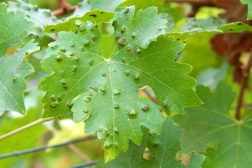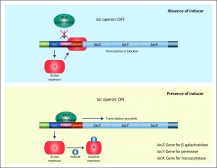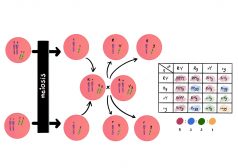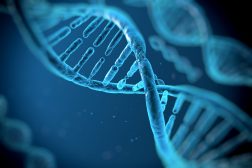Definition
noun, plural: nicks
(molecular biology) A cut or a notch in a DNA molecule due to a break in one phosphodiester bond between adjacent nucleotides of one of the two strands, often caused by an enzymatic action
(general) A small cut, dent, chip, notch, or groove
verb
To make a small cut, notch, dent, groove, or chip
Supplement
The term nick in general usage refers to a small cut, dent, chip, notch, or groove. In molecular biology, a nick is a notch or a dent in the double-stranded DNA molecule. The nick is due to the loss of one phosphodiester bond between adjacent nucleotides of one of the two strands. This is often caused by the action of a particular enzyme.
A nick forms to allow the release of torsion in the DNA strand. For instance, a plasmid that is tightly wound into a negative supercoil needs to release the torsional energy through nick formation. This causes the negative supercoil to unwind gradually until it forms into a circular shape.1
A nick may also form as a result of DNA damage. Nicking DNA may also be initiated purposely, i.e. by physical shearing, over-drying of DNA, or by administering certain enzymes (e.g. nicking endonucleases).
Ligases can repair DNA nicks by joining the 3′ hydroxyl and 5′ phosphate ends to form a phosphodiester bond.
Related term(s):
- Nick translation
Reference(s):
1 Chao, J., Zhang, L., and Wang, P. (2015). “Configuration Transitions of Free Circular DNA System Induced by Nicks”. Journal of Nanomaterials. doi:10.1155/2015/546851







